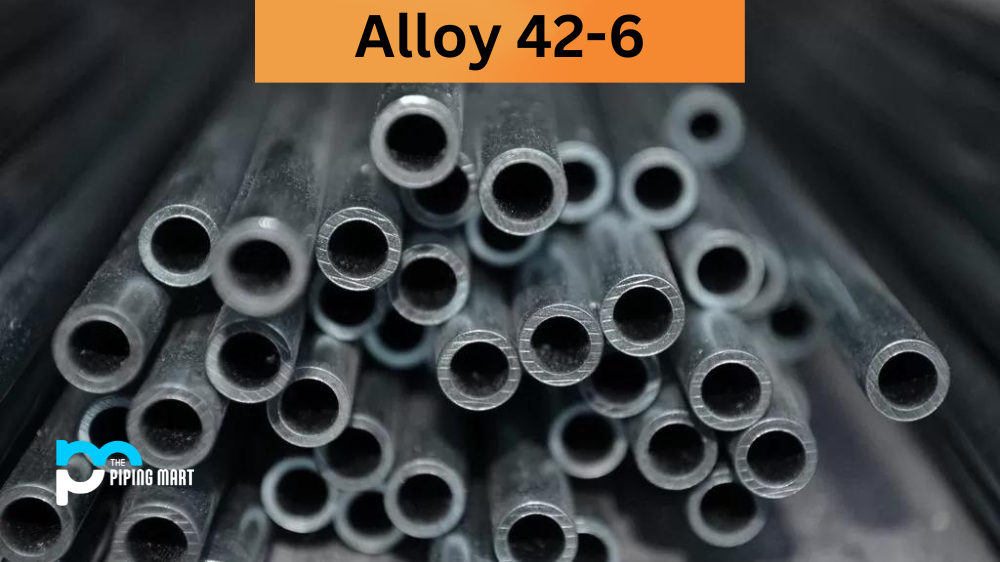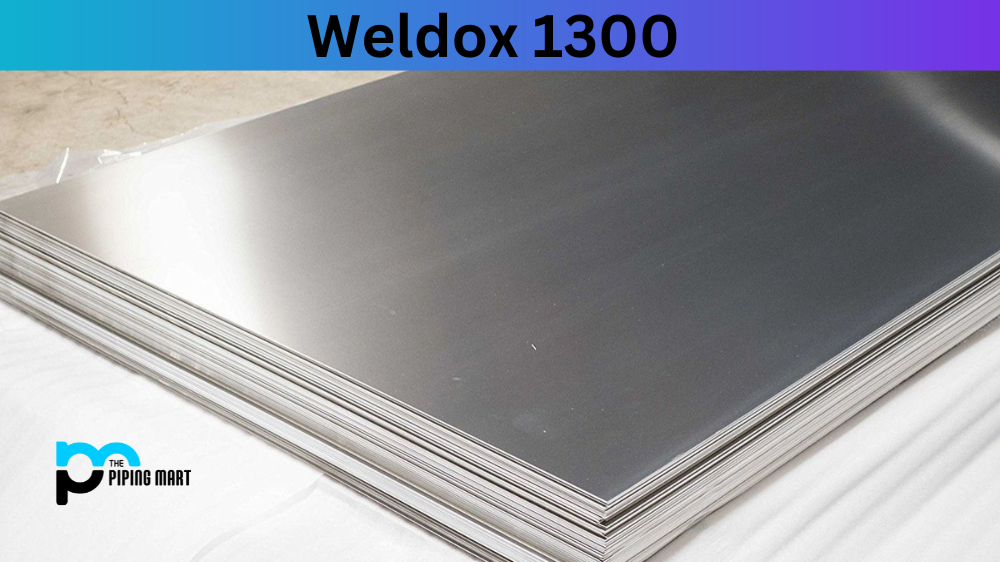Alloy 42-6, also known as Inconel 42-6 or Invar 42-6, is a nickel-iron alloy with excellent thermal expansion properties, making it a popular choice for manufacturing precision instruments and electrical equipment. Its unique composition and properties make it highly resistant to expansion or contraction due to temperature changes, making it ideal for use in applications where dimensional stability is critical. In this blog post, we will explore the composition, mechanical and physical properties, applications, and corrosion resistance characteristics of Alloy 42-6.
Alloy 42-6 Composition
Alloy 42-6 is a binary Fe-Ni alloy containing around 42-45% nickel. The remaining composition comprises iron, cobalt, and trace amounts of manganese, silicon, and carbon. Adding cobalt enhances the alloy’s strength and toughness, while manganese and silicon improve its resistance to oxidation and corrosion. The low carbon content helps prevent sensitization, which can occur during welding or high-temperature exposure.
| Element | Content (%) |
|---|---|
| Nickel, Ni | 42 |
| Chromium, Cr | 5.6 |
| Silicon, Si | 0.3 |
| Manganese, Mn | 0.25 |
| Aluminum, Al | 0.2 |
| Carbon, C | 0.07 |
| Iron, Fe | Balance |
Alloy 42-6 Mechanical Properties
Alloy 42-6 exhibits high strength and excellent toughness, making it useful in applications where dimensional or thermal stability is crucial. It has a yield strength of approximately 265 MPa and a tensile strength of up to 760 MPa. The modulus of elasticity of Alloy 42-6 is around 200 GPa, which is relatively low compared to most metals. This characteristic makes it an ideal choice for applications where compliance is necessary. It also has excellent fatigue resistance, making it suitable for high-stress applications.
Alloy 42-6 Physical Properties
Alloy 42-6 has a low thermal expansion coefficient, making it ideal for high-precision instruments and systems. Its low thermal conductivity means it can withstand high temperatures without deforming or warping. Invar 42-6 also exhibits excellent magnetic properties and has a magnetic permeability that is almost constant over a wide range of temperatures. This characteristic makes it ideal for use in magnetic instruments and applications.
| Properties | Metric | Imperial |
|---|---|---|
| Density | 8.2 g/cm3 | 0.29 lb/in3 |
| Melting point | 1430°C | 2600°F |
Alloy 42-6 Uses
Alloy 42-6 is widely used in various industries, including aerospace, defence, and telecommunications. It is commonly used to manufacture high-precision instruments, such as optical and laser systems, measuring equipment, and clocks. The alloy’s low thermal expansion makes it an ideal choice for manufacturing parts in engines that operate at high temperatures. It also produces components for cryogenic applications, such as pressure vessels, pipes, and valves.
Alloy 42-6 Corrosion Resistance
Alloy 42-6 has excellent corrosion resistance properties and can withstand exposure to various corrosive environments. It is highly resistant to general, intergranular, and stress corrosion cracking. Nevertheless, Inconel 42-6 is not entirely immune to corrosion and can experience localized corrosion in some conditions. However, it can be mitigated through appropriate material selection, surface coatings, or design modifications.
Alloy 42-6 Welding
Welding of Alloy 42-6 requires special care due to its unique composition and properties. The low carbon content makes it susceptible to sensitization during welding, which can lead to intergranular corrosion. Therefore, it is recommended to use welding methods that minimize heat input, such as TIG or laser welding, and avoid high-temperature exposures. Proper joint preparation, filler metal selection, and post-weld heat treatment can also mitigate the sensitization effects.
Conclusion
In conclusion, Alloy 42-6 is a unique nickel-iron alloy known for its high thermal stability, low thermal expansion, and excellent magnetic and corrosion resistance properties. Its unique properties make it a perfect choice for manufacturing precision instruments, electrical equipment, and aerospace components. Alloy 42-6’s versatility, strength, and toughness make it a popular choice in various applications that require dimensional stability. Nevertheless, careful consideration during welding, material selection, and design is crucial for ensuring optimal performance and resistance to corrosion. Understanding Alloy 42-6’s composition, properties, and application is essential for selecting the appropriate material for your requirements.

Hey, I’m Krutik, a casual blogger expert in the metal industry. I am passionate about providing valuable information to my readers. With a background in engineering and construction, I like playing Cricket & watching Netflix shows in my free time. Thank you for visiting my blog, and I hope you find my information helpful!




